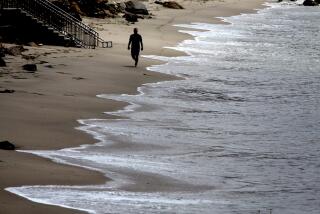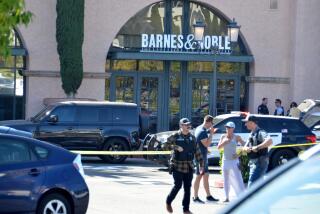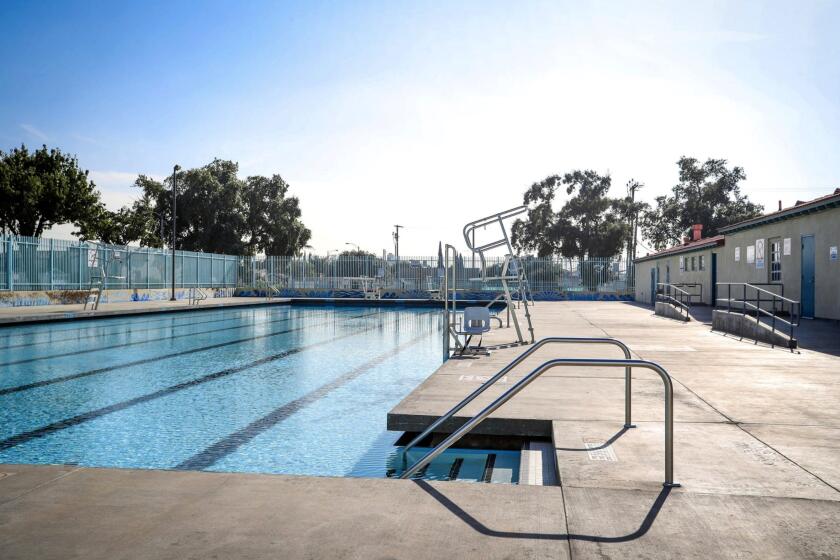The L.A. Zoo is celebrating 50 years with cake, music and treats for the animals

To celebrate its 50th anniversary, the Los Angeles Zoo on Monday will offer half-price admission, birthday treats for humans and animals, and the chance to walk alongside goats and sheep.
The festivities will take place from 10 a.m. to 3 p.m. and will include live music, cake for the first 1,000 visitors and “enrichment birthday cake-style treats” for the zoo’s animals, including black bears, tigers and gorillas.
When the facility opened to the public Nov. 28, 1966, more than 3,000 animals were on display. Admission cost $1 for adults and 50 cents for children.
The Times’ editorial board wrote on opening day that Los Angeles could finally “rid itself of the unenviable distinction of being the only major city in the world without a major zoo.”
By 1966, advocates and officials had spent three decades discussing how best to replace the then-50-year-old zoo in Griffith Park, which, although popular, had come under fire for its aging structures and cages with iron bars.
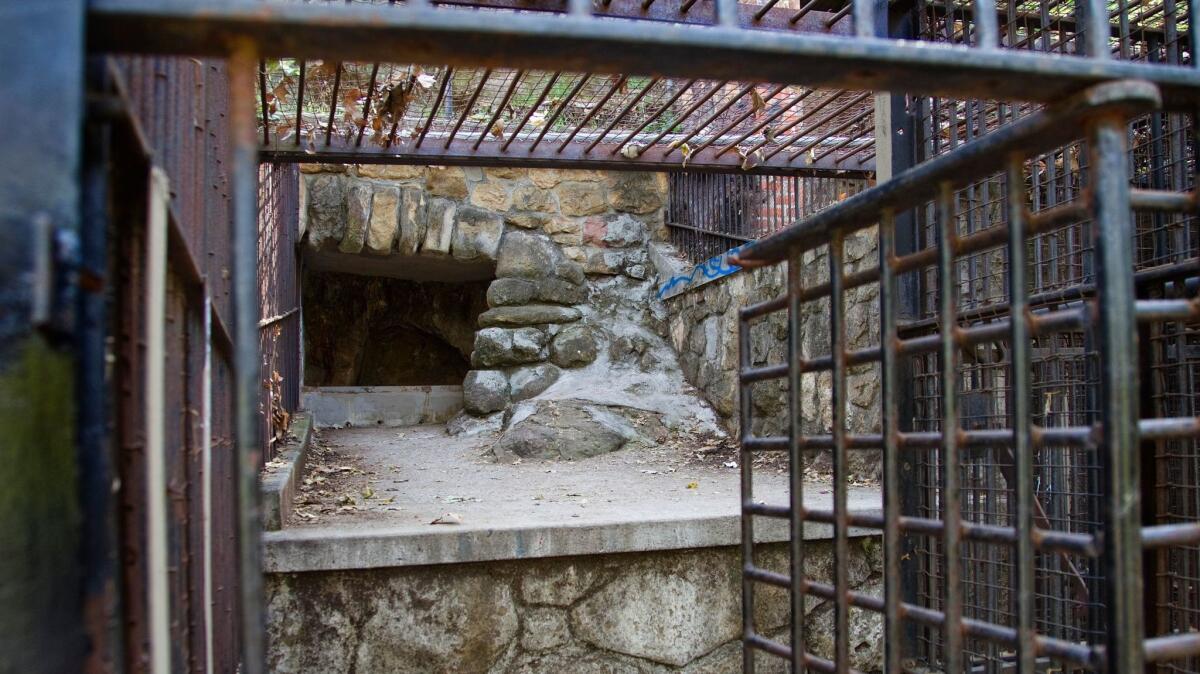
City Hall officials considered several locations, including a park in the San Fernando Valley and the site in Chavez Ravine that is now home to the Dodgers, before electing to build over a nine-hole golf course in Griffith Park.
The park’s layout was cutting-edge for the time. Most of the animals were organized by their home continent and were separated from visitors by wide moats, rather than by bars or glass.
Visitors could stand just 17 feet from tigers, and even closer to giraffes and zebras. (The Times later reported that the city widened the moats after experts suggested tigers could leap over them and giraffes could stretch their necks across to eat from visitors’ hands.)
As construction continued, zoo officials cajoled countries and private collectors across the world into trading and donating rare animals, a hunt later dubbed “Operation Noah’s Ark.”
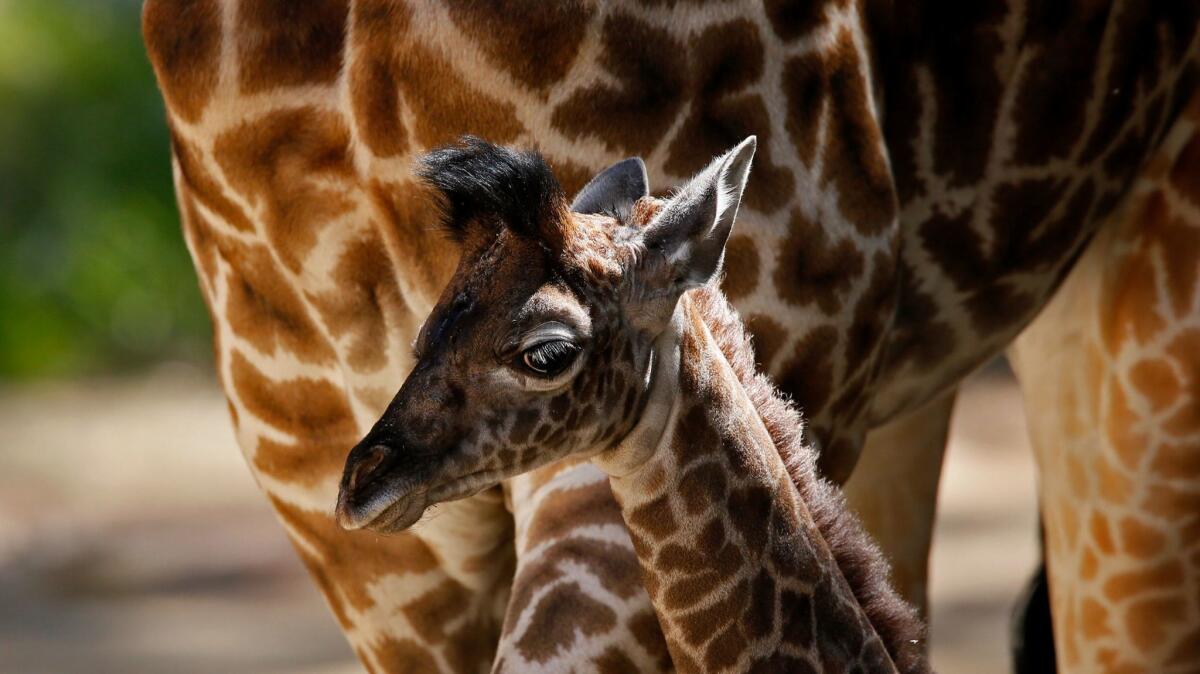
The acquisitions included three yellow baboons from Somalia, two white kangaroos from Australia and a two-toed sloth named Sylvester, donated by a U.S. Air Force commander in the then-Panama Canal Zone.
The $10-million facility, funded by a bond measure, faced its fair share of controversy, including a lawsuit over the location and construction costs that exceeded original bids by 38%.
The city’s earliest zoo opened in 1885 in a neighborhood then known as Eastlake, which is now Lincoln Park.
The old Griffith Park Zoo opened in 1912, spurred by fundraising and advocacy by the city’s zoological society.
“Curiously,” The Times noted, “two depressions … aided in the development” of that zoo. During the downturn of 1914, more than 1,200 men were hired to build bear pits and cages.
And during the Great Depression, more than 12,000 men hired by the Works Progress Administration improved the grounds and added more sophisticated animal enclosures, including heated cages for lions and tigers.
For more transportation news, follow @laura_nelson on Twitter.
More to Read
Start your day right
Sign up for Essential California for news, features and recommendations from the L.A. Times and beyond in your inbox six days a week.
You may occasionally receive promotional content from the Los Angeles Times.

